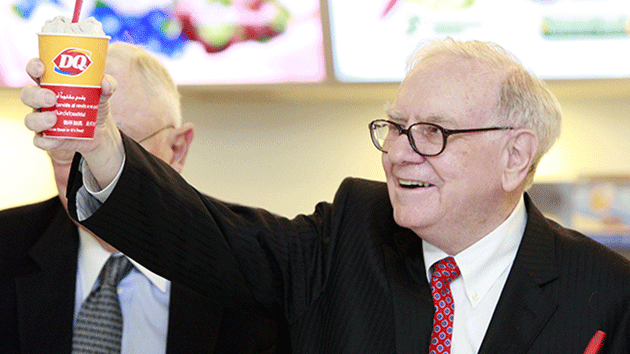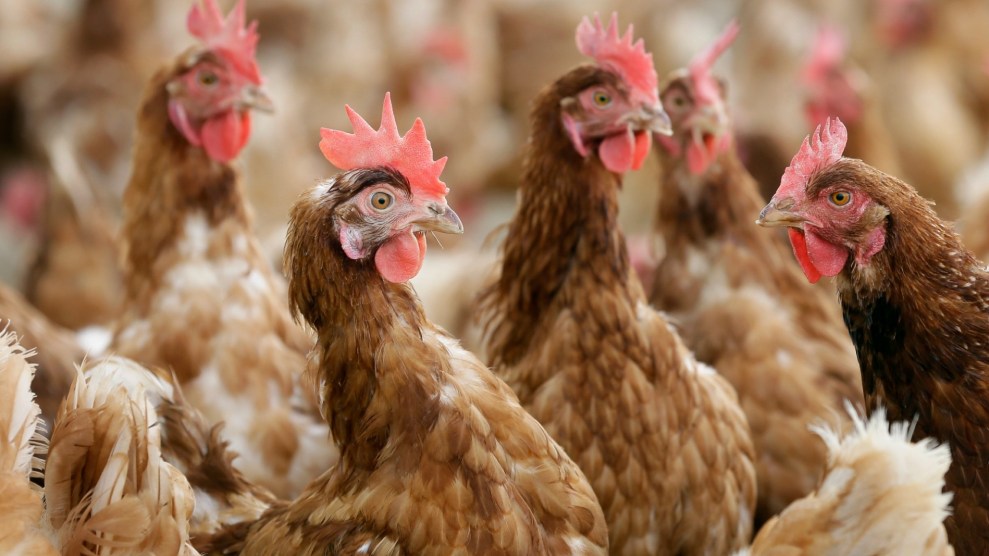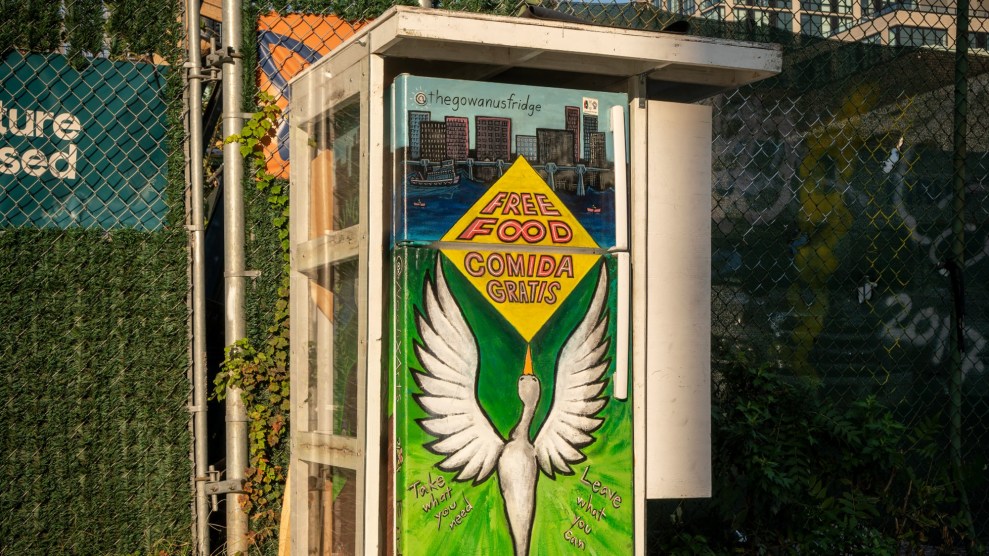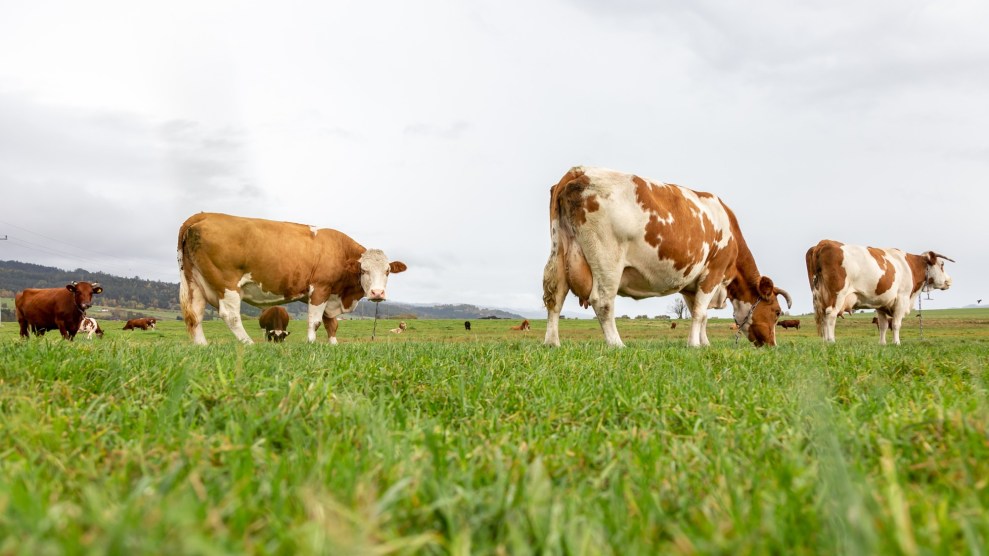
Ren Zhenglai/ZUMA Press<a href="http://www.shutterstock.com/cat.mhtml?lang=en&language=en&ref_site=photo&search_source=search_form&version=llv1&anyorall=all&safesearch=1&use_local_boost=1&searchterm=coca-cola&show_color_wheel=1&orient=&commercial_ok=&media_type=images&search_cat=&searchtermx=&photographer_name=&people_gender=&people_age=&people_ethnicity=&people_number=&color=&page=1&inline=160682723">phloxii</a>/Shutterstock
“Is the junk-food era drawing to a close?,” I recently wondered aloud, citing declining sales from processed food giants like Kraft and Kellogg’s. If so, no one has bothered to inform gazillionaire investment mogul and octogenarian Warren Buffett. “I’m one quarter Coca-Cola,” Buffett recently told Fortune’s Patricia Sellers. “If I eat 2,700 calories a day, a quarter of that is Coca-Cola. I drink at least five 12-ounce servings. I do it everyday.” In addition to being one quarter Coke, Buffett literally owns 9 percent of Coca-Cola, through his conglomerate, Berkshire Hathaway. And the cagey old investor apparently knows what he’s doing—even though soft-drink sales have been declining for years, Coke’s share price has nearly doubled since 2011, borne up by financial engineering tricks like share buy-backs, Fortune reports.
In addition to regular infusions of the sugary soft drink, Buffett’s diet regimen includes breakfasts of Utz Potato strings and chocolate chip ice cream, Sellers reports. If his diet sounds eerily similar to the one you dreamed of pursuing in first grade, that’s apparently no accident. Here’s Sellers:
Asked to explain the high-sugar, high-salt diet that has somehow enabled him to remain seemingly healthy, Buffett replies: “I checked the actuarial tables, and the lowest death rate is among six-year-olds. So I decided to eat like a six-year-old.” The octogenarian adds, “It’s the safest course I can take.”
For most of us, loading up on processed junk probably isn’t the way forward. But far be it for me to question Buffett’s lifestyle choices—he’s going strong at 84 and has probably made more bank in the past 15 minutes than I’ll make in my entire lifetime.














